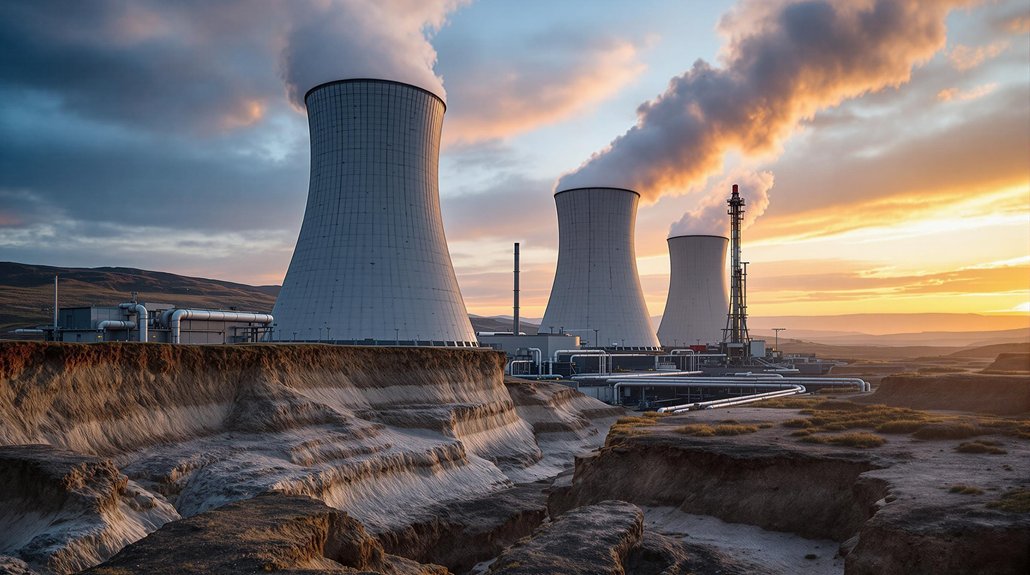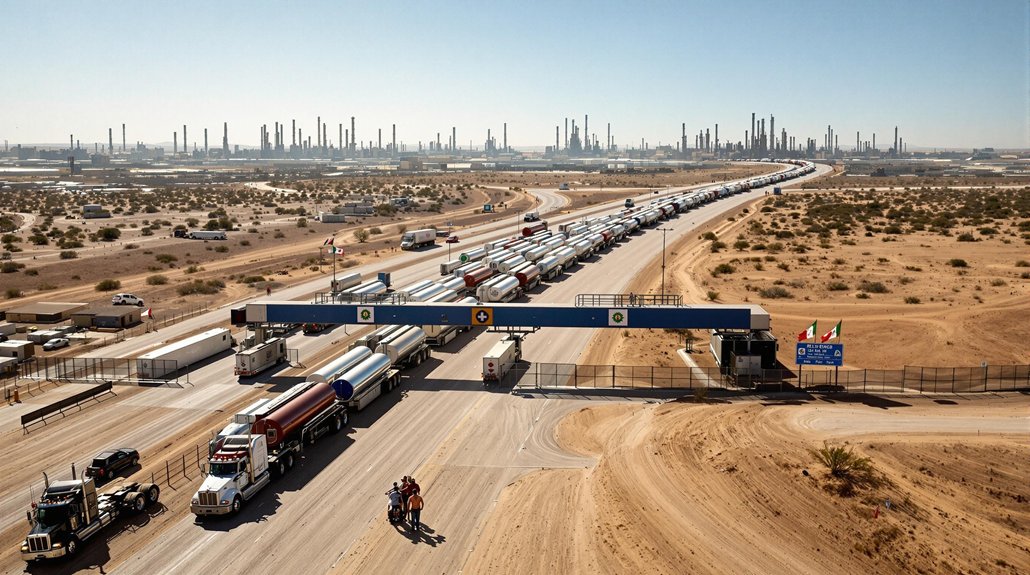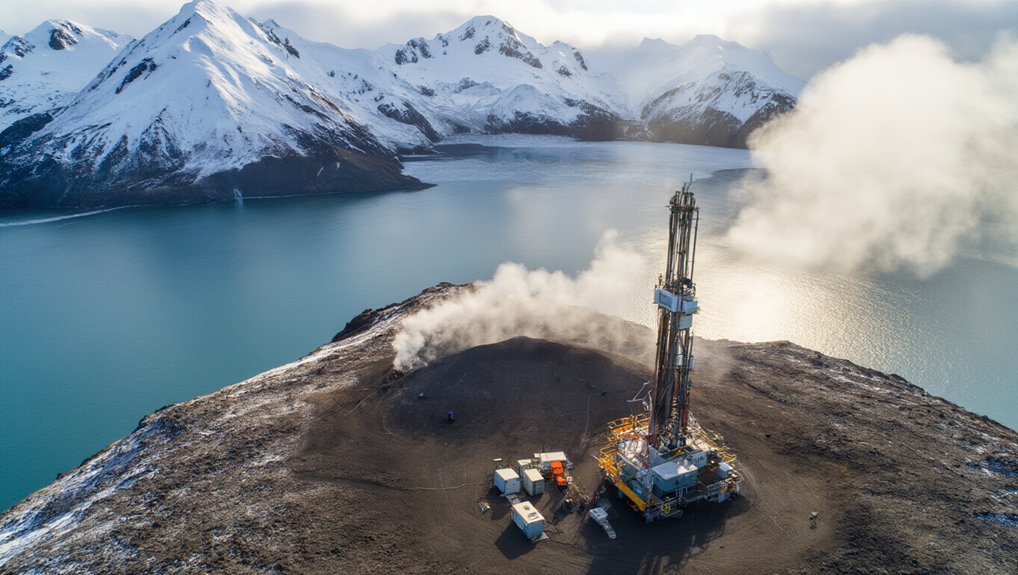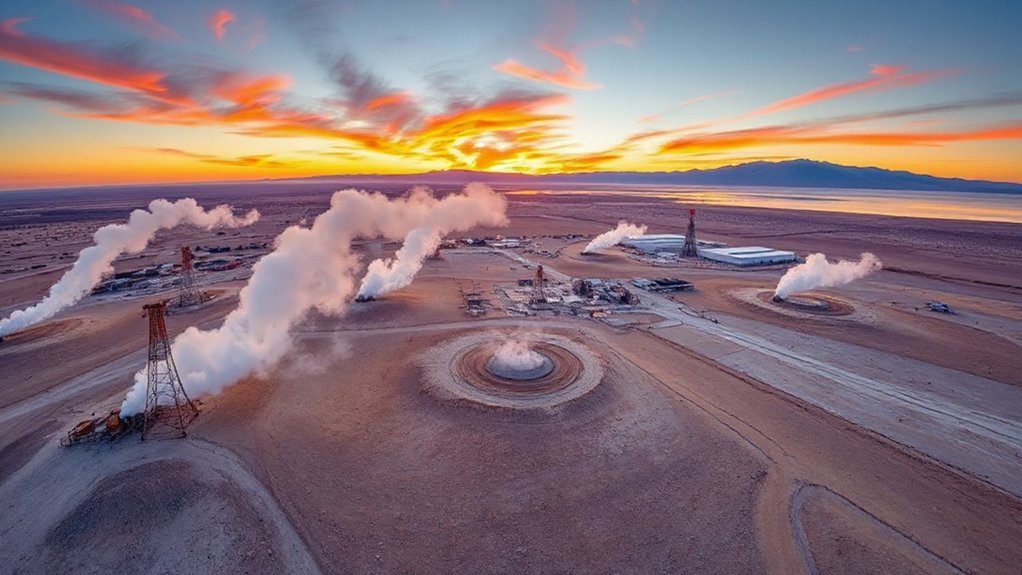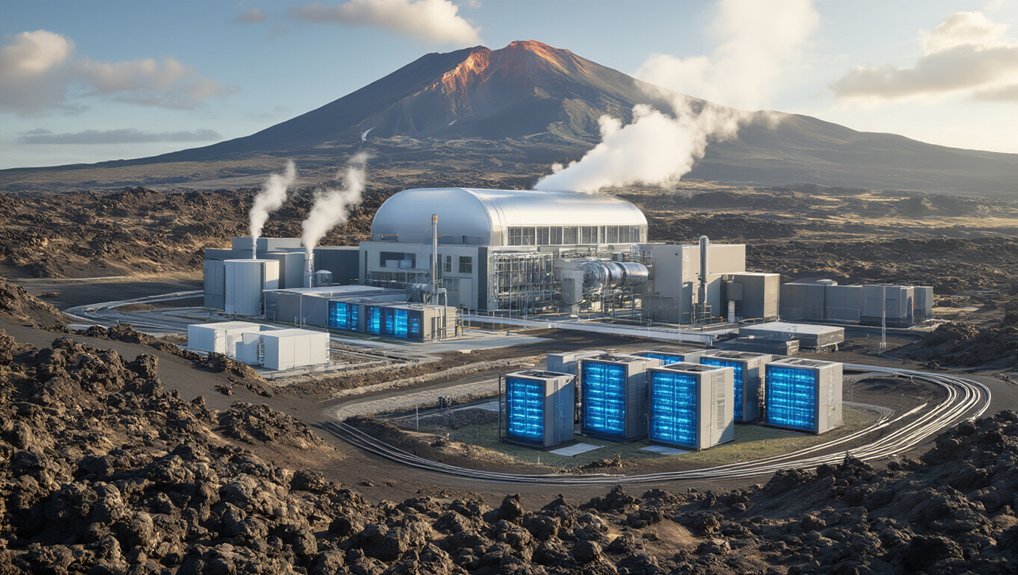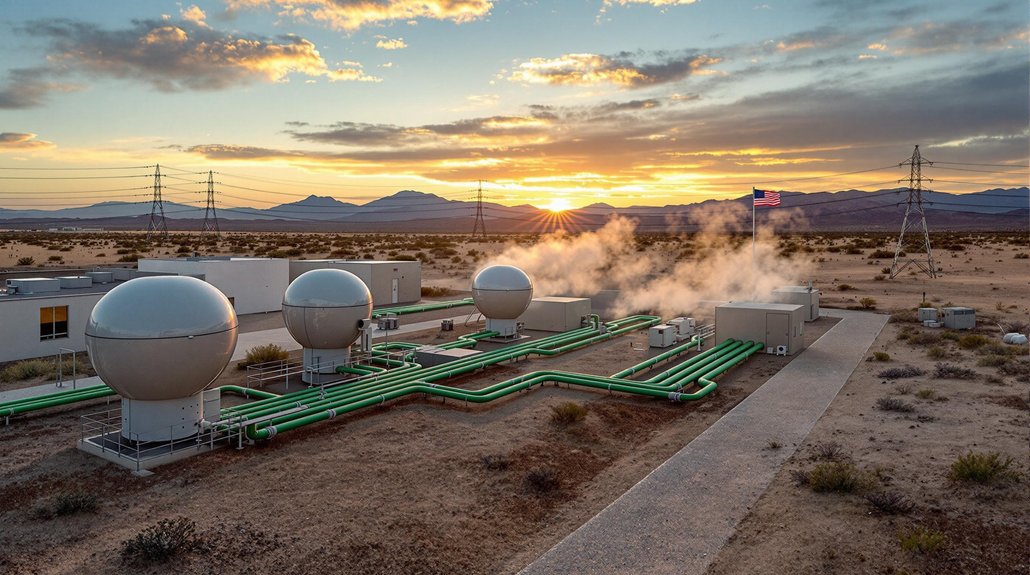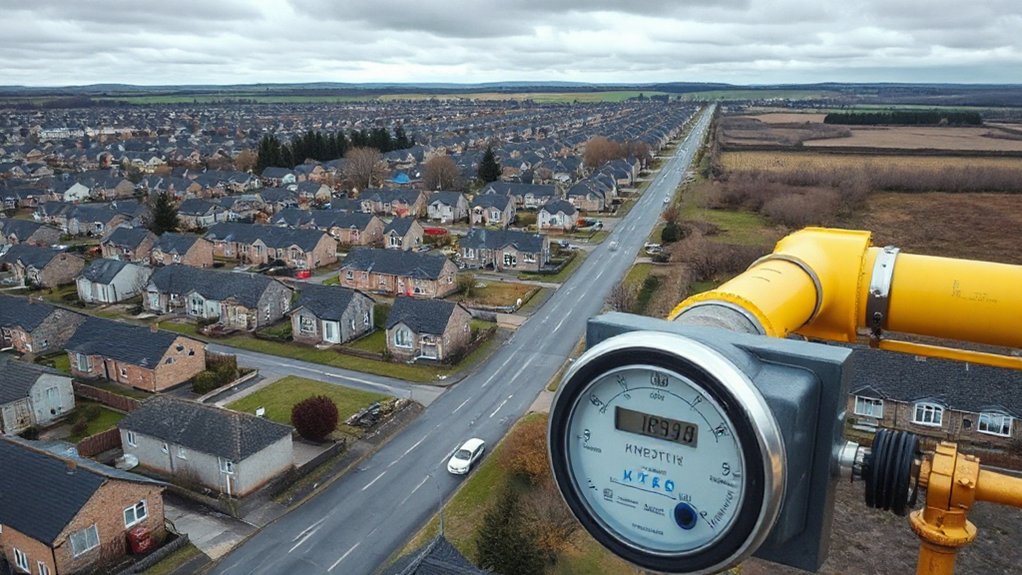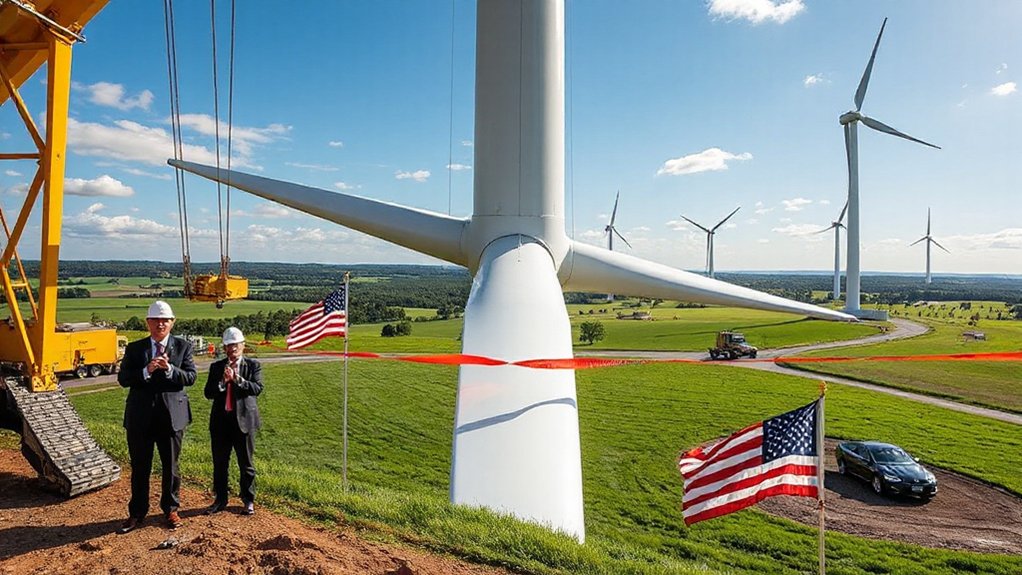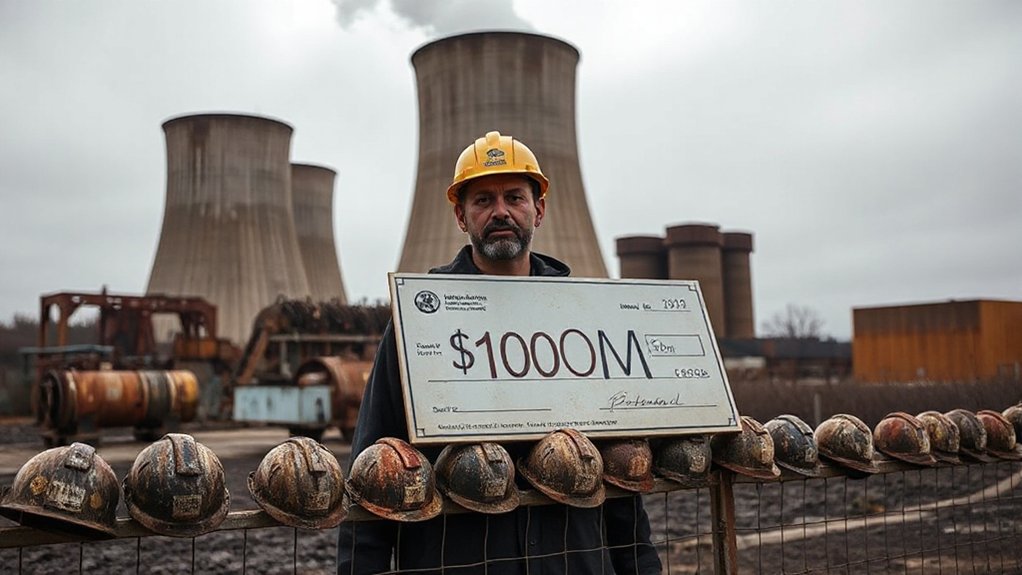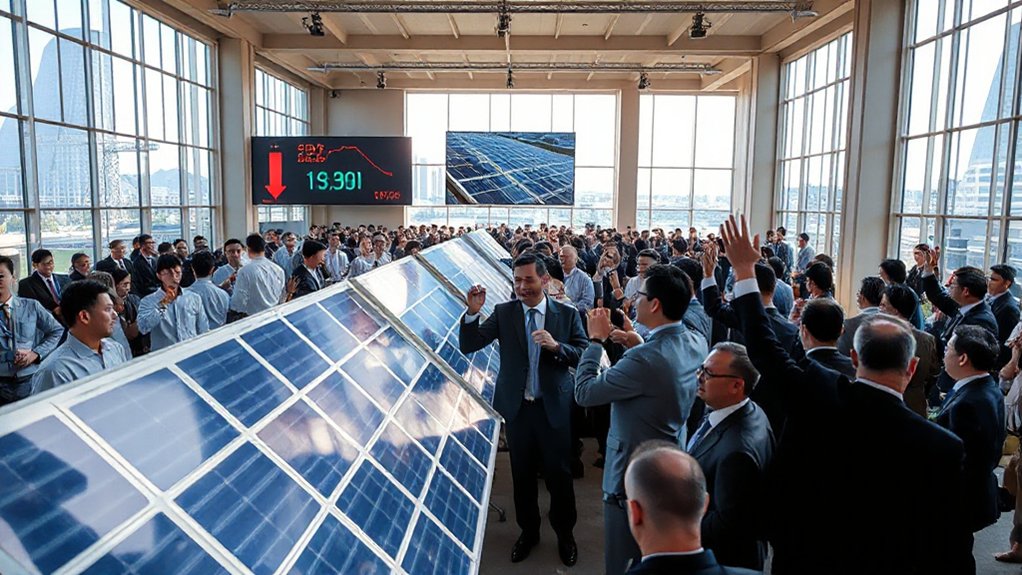Geothermal energy remains largely untapped in America despite its massive potential. Recent studies show the U.S. could generate enough geothermal power to meet global electricity needs 140 times over. Advanced drilling technologies now allow access to deeper heat reservoirs previously out of reach. While high startup costs and regulatory challenges exist, experts predict geothermal electricity production could increase considerably by 2050. The question isn’t if this clean energy source will transform America’s power grid—but when.
The heat beneath our feet may hold the key to a clean energy future. America leads the world in geothermal electricity with 3,965 megawatts of capacity in 2022. However, most of this power is concentrated in just two states—California and Nevada—which account for 95% of U.S. geothermal capacity.
While America leads global geothermal power production, 95% of our capacity remains concentrated in just two western states.
Scientists have discovered that geothermal energy’s technical potential could meet global electricity demand 140 times over. With advanced drilling technology, energy producers can now access resources deeper than 3 kilometers, making geothermal power possible in almost every region of the world. This is especially true in the United States, where vast resources exist at depths of 10 kilometers.
Unlike solar panels that only work during daylight or wind turbines that depend on weather conditions, geothermal plants operate around the clock. They run at maximum capacity day and night with utilization rates exceeding 75% in 2023. For comparison, wind turbines operate at less than 30% capacity and solar panels at under 15%. Geothermal energy provides grid stability with its impressive 95% availability factor, making it one of the most reliable renewable energy sources.
U.S. geothermal electricity generation is growing slowly at about 3% per year. Current production of 16.5 billion kilowatt-hours is projected to reach 37.2 billion by 2050. This represents just a fraction of what’s possible if America taps into resources outside traditional geothermal hotspots.
New technologies are changing the game. Enhanced geothermal systems and closed-loop designs can work in more locations. These innovations, combined with cost reductions, are attracting new investments in the field. The industry expects cost decreases for next-generation geothermal technologies in the coming years.
Despite its advantages, geothermal faces challenges. High upfront costs for exploration and drilling remain obstacles. The average capital cost of approximately $2,500 per installed kW makes initial investment substantial compared to some other renewables. Regulatory hurdles and permitting delays also slow development.
With supportive policies and continued investment, however, geothermal energy could supply up to 15% of global electricity demand growth by 2050.
As America seeks reliable clean energy sources that support grid stability, the untapped geothermal potential beneath our landscapes offers a promising solution that doesn’t depend on sunshine or wind.
